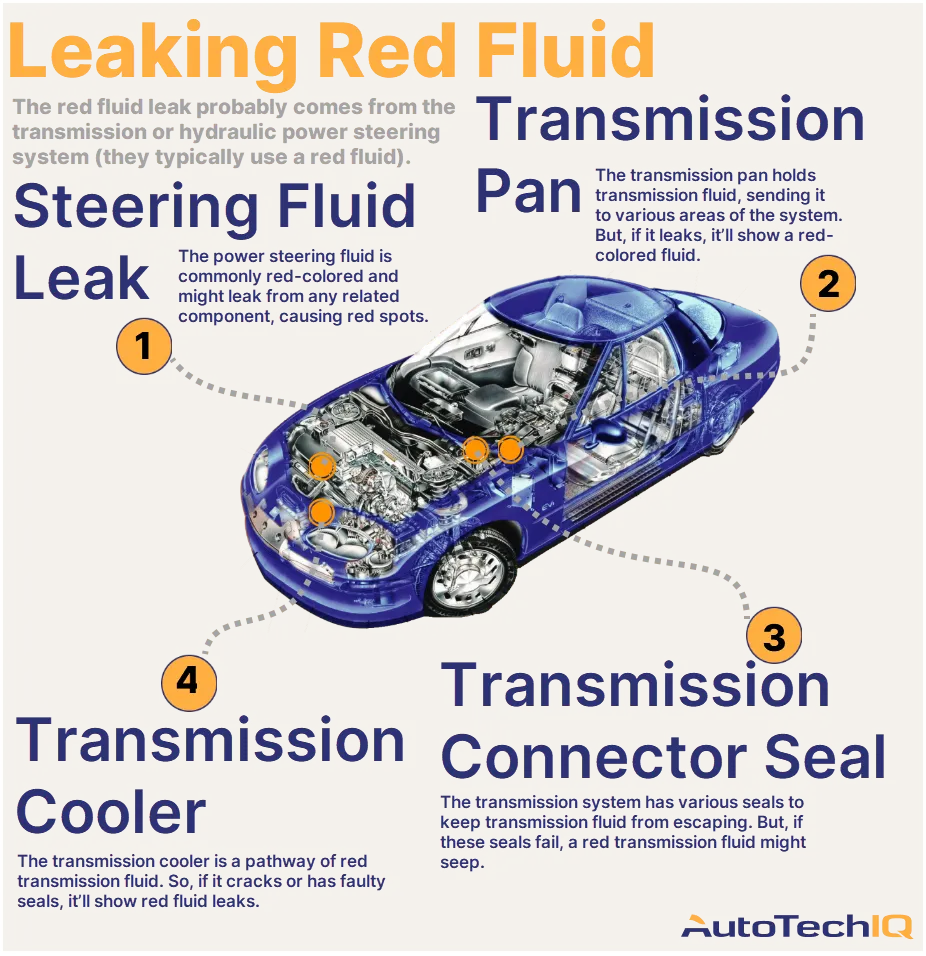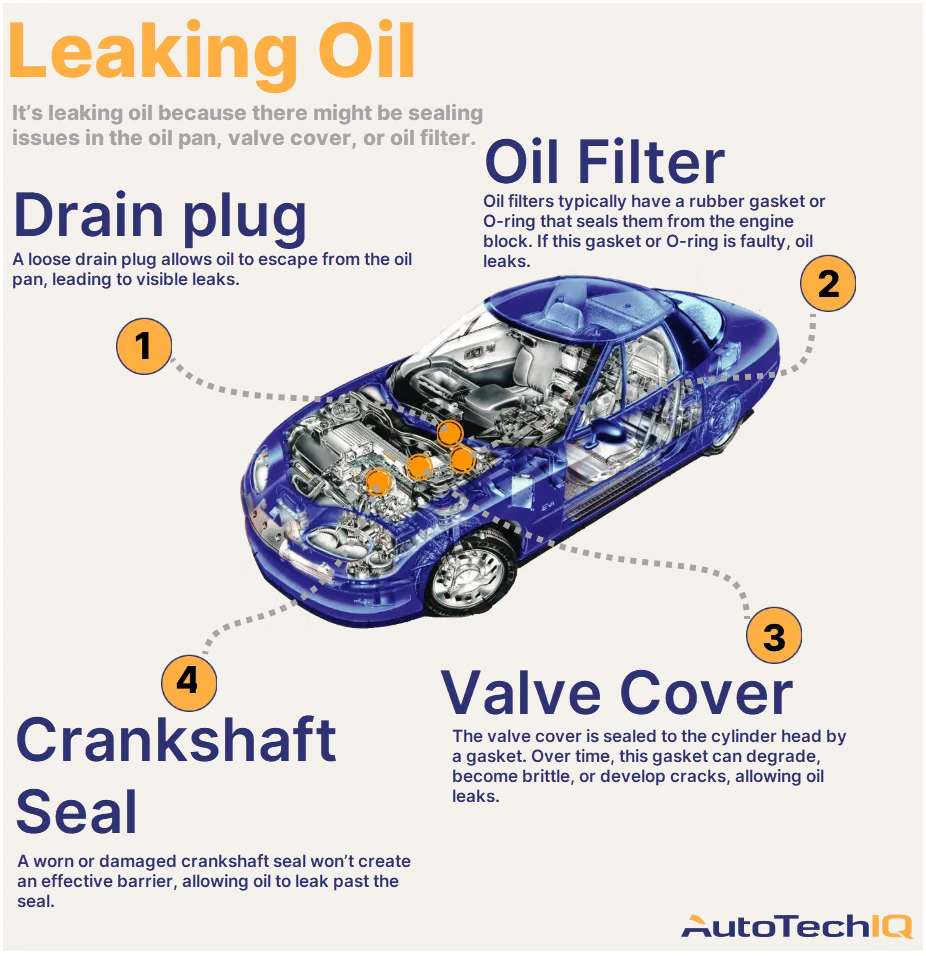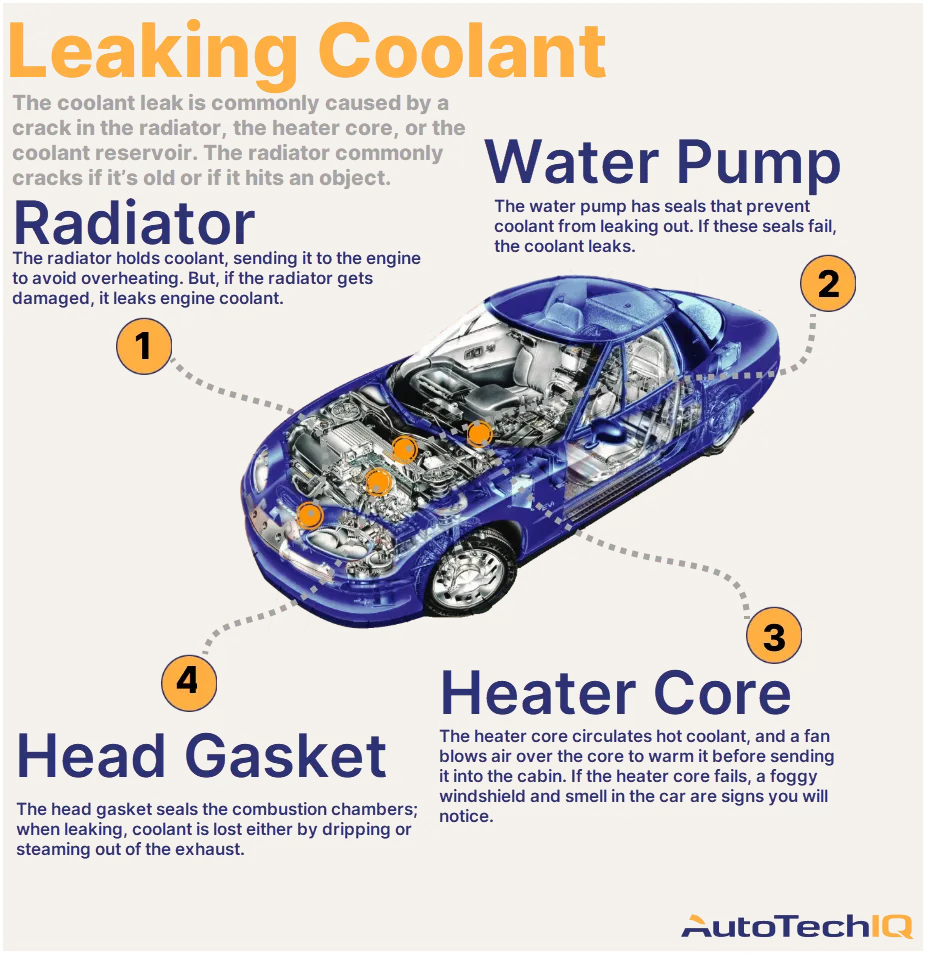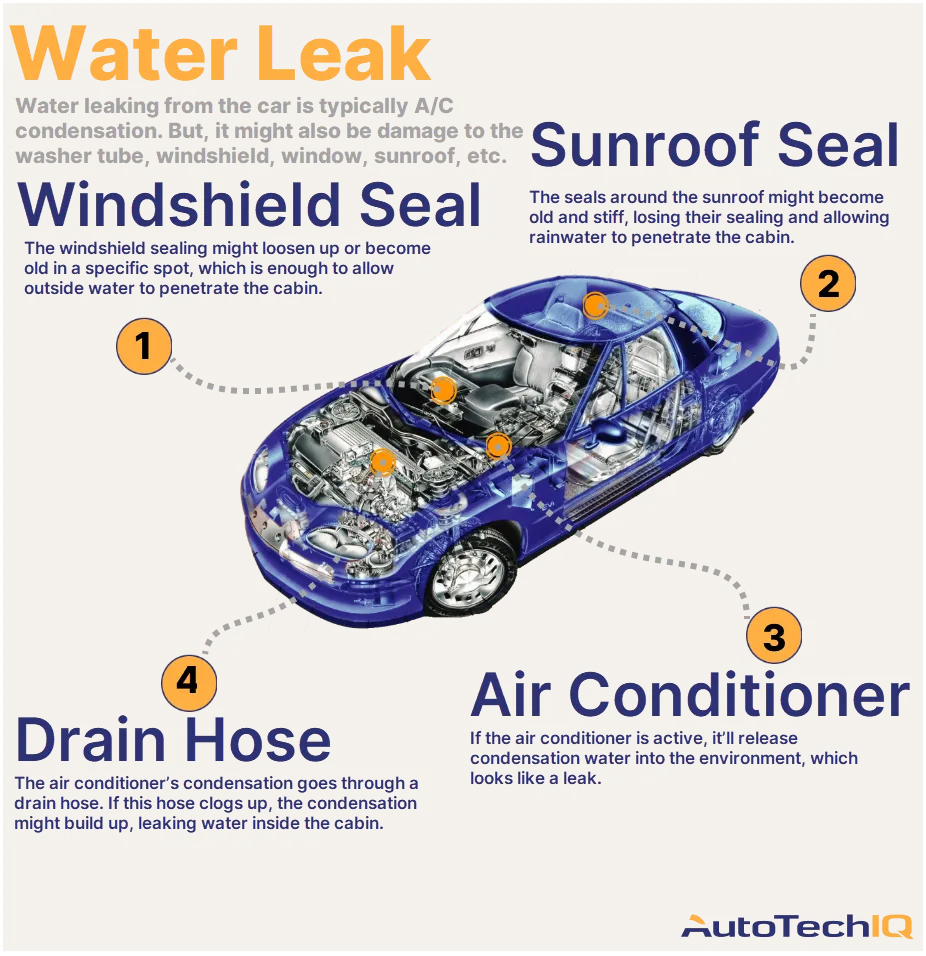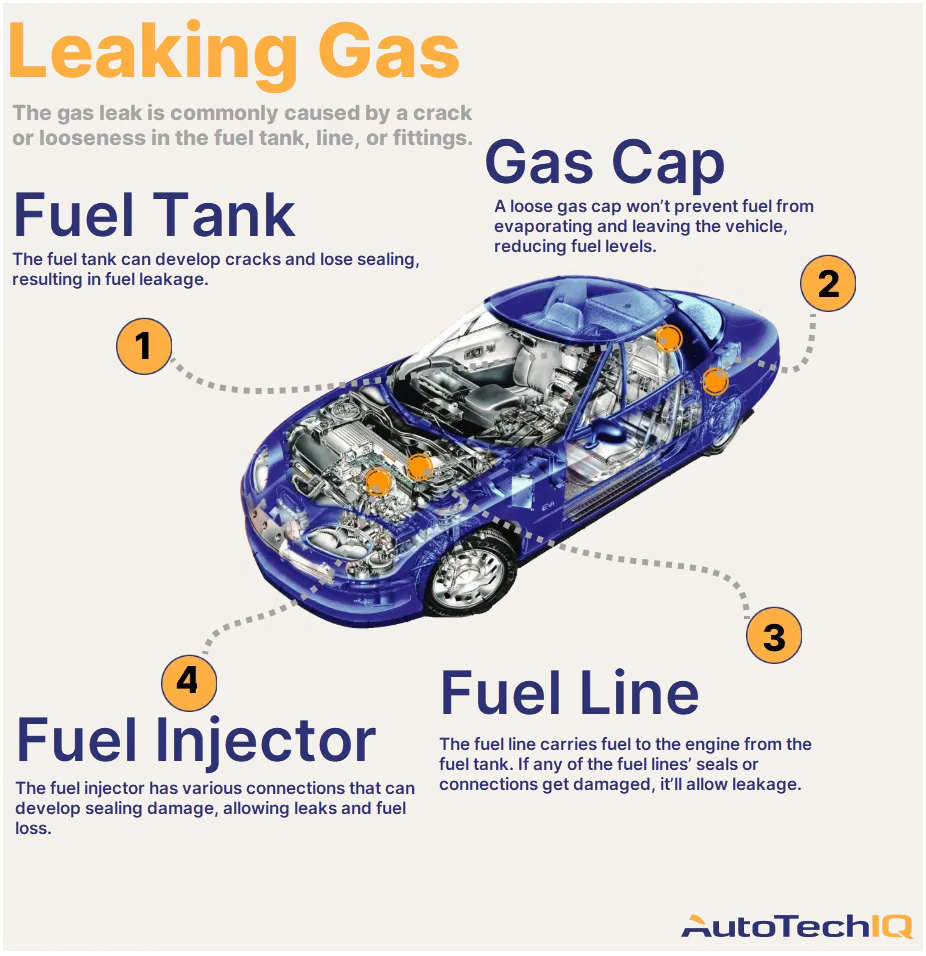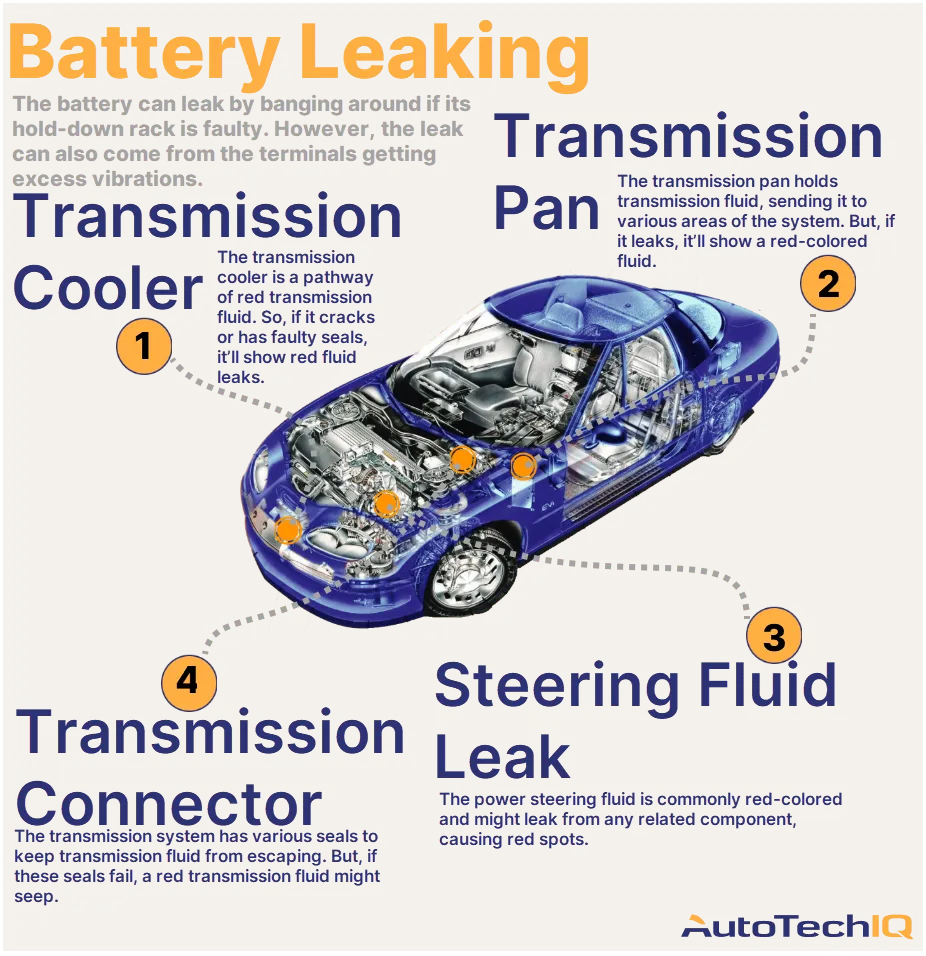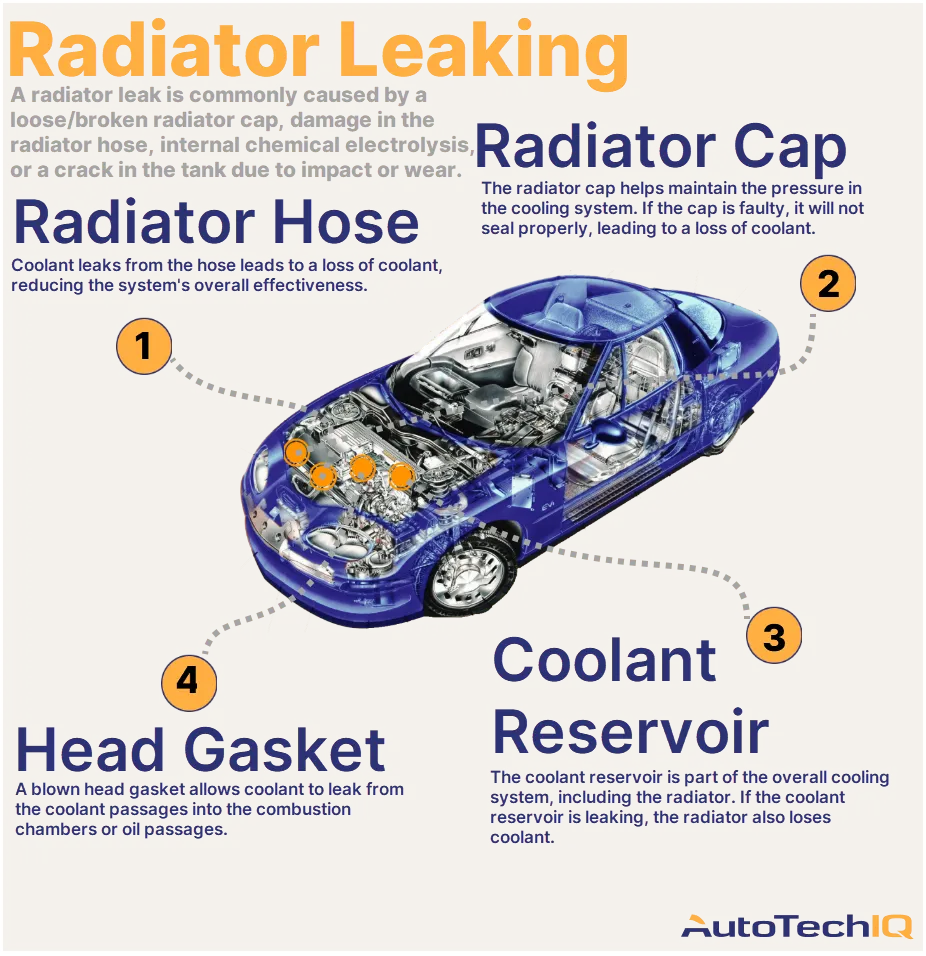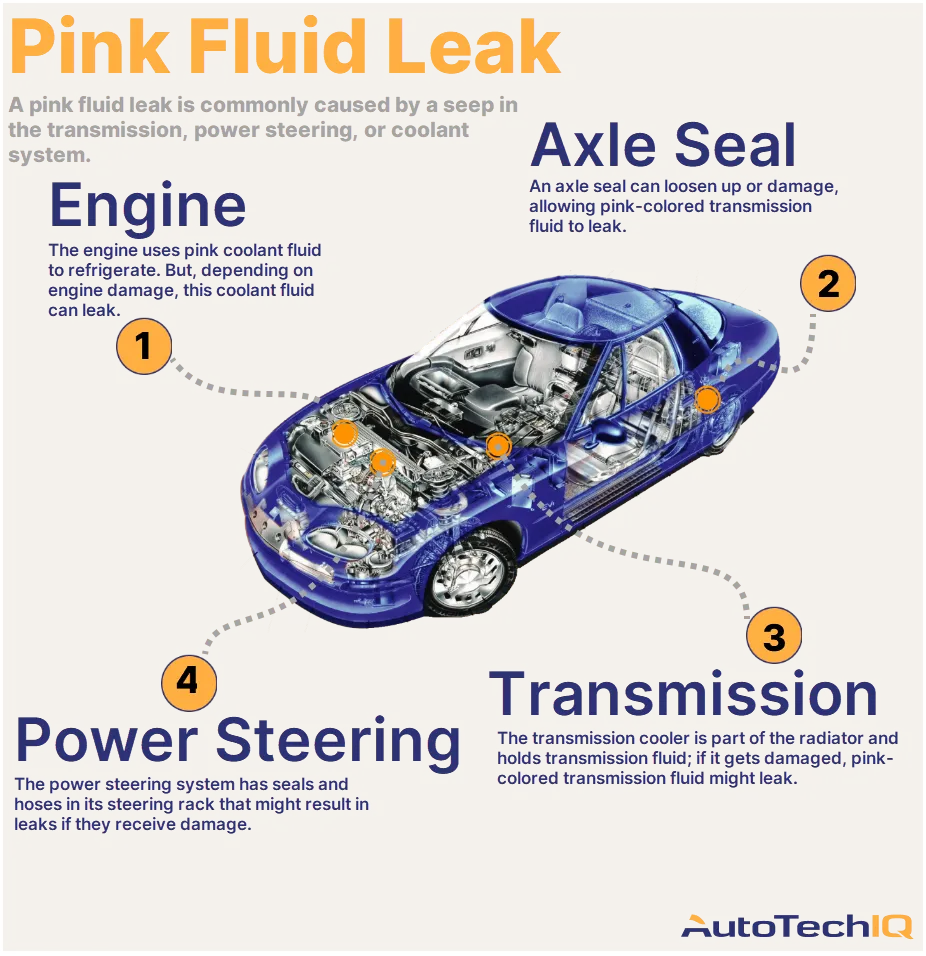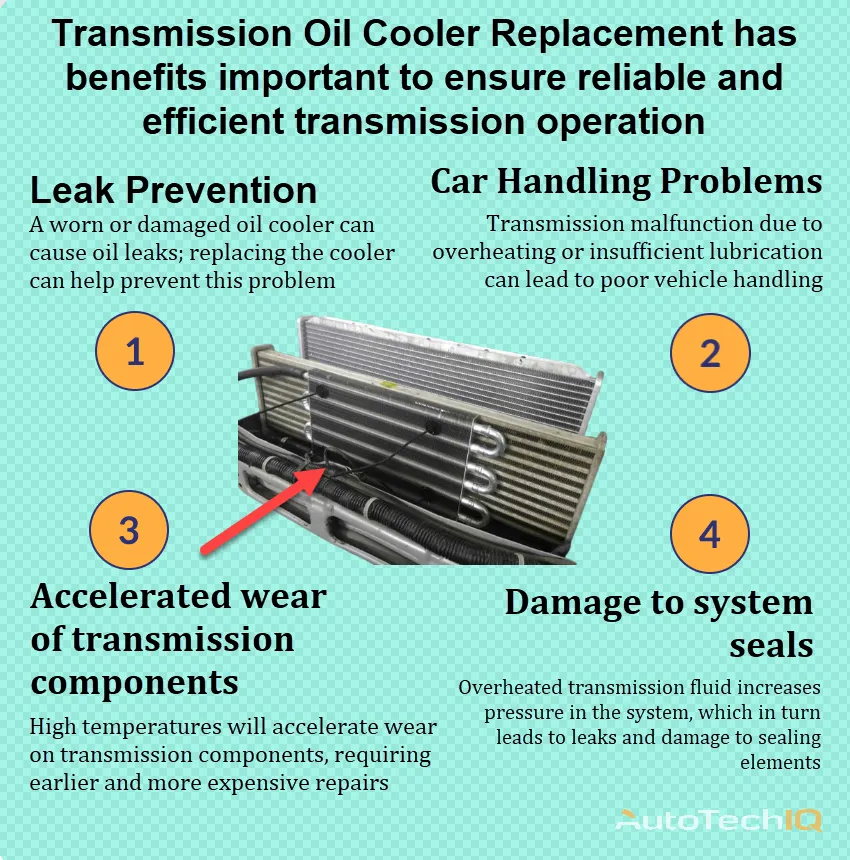
What problems can Transmission Oil Cooler Replacement solve:
- Prevent transmission overheating: The function of the transmission oil cooler is to maintain the optimal temperature of the transmission fluid. Overheating the fluid can lead to various problems, including failure. High transmission fluid temperatures accelerate wear on internal components such as gears, bearings and seals.
- Improved Transmission Performance: Keeping transmission fluid at the correct temperature ensures its effectiveness as a lubricant and hydraulic fluid, which is essential for smooth shifting and overall transmission performance.
- Deterioration of transmission fluid: Excessive heat can cause transmission fluid to degrade, lose its viscosity and reduce efficiency. An efficient cooler helps maintain fluid quality over time. Ineffective cooling can lead to accelerated aging and oxidation of the transmission fluid, reducing its lubricity and efficiency.
- Costly Repairs: By preventing overheating and maintaining the quality of the transmission fluid, the cooler helps avoid costly repairs or replacement of the transmission, which will significantly reduce operating costs.
- Fuel Economy: A well-functioning transmission operates more efficiently, which helps save fuel.
- Preventing gear slippage: Overheating reduces the lubrication effect of the transmission fluid, which causes gear slippage. A new cooler helps prevent this problem.
- Increased transmission life: Overheating is one of the main causes of wear and damage to the transmission. Cooling the transmission fluid helps increase the life of transmission components.
Therefore, replacing the transmission oil cooler improves the current performance of the transmission and helps prevent future problems associated with overheating and transmission wear.


